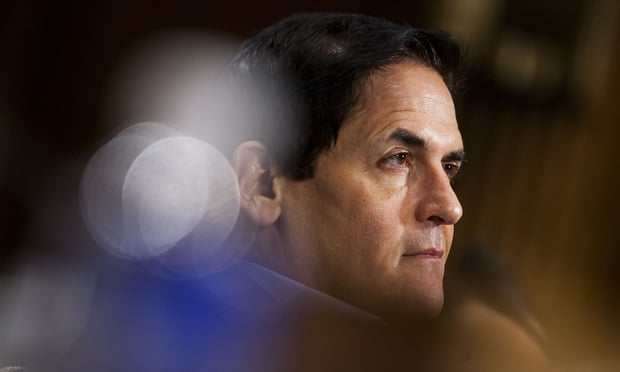The maximum annual contribution limit for flexible spending accounts will edge up $50 to $2,550 for 2015, the IRS announced late Thursday.
The limit will begin Jan. 1. It's the first contribution increase since the Patient Protection and Affordable Care Act set a $2,500 annual limit, making it the second big change to the savings account in the last year.
Last fall, the U.S. Department of the Treasury and the IRS issued a notice modifying the longstanding "use-or-lose" rule for FSAs. Participants now can carry over up to $500 of their unused balances remaining at the end of a plan year. The rule went into effect in 2014. The use-it-or-lose-it rule was seen as a barrier to adoption, and industry insiders have predicted the FSA adoption will grow with that amendment, especially in 2015.
Recommended For You
See also: FSA Makeover
Alegeus Technologies, for example, said recently that clients who have actively promoted the FSA rollover allowance to their employer groups and eligible employees are seeing 11 percent incremental growth in FSA enrollment and 9 percent growth in FSA elections — compared to a flat overall FSA market growth.
PPACA had set a $2,500 annual limit to FSAs. But the law also specified that starting in 2014, the new limit would increase to match the rise in the consumer price index at the close of a 12-month period ending on Aug. 31.
Though the new FSA increase is a positive change, industry experts still say PPACA has limited FSA help and success for many consumers.
"While an increase is a good thing, this amount still doesn't match expectations for many employers and employees," said John DiVito, president at Flexible Benefit Service Corporation. "Prior to the PPACA-mandated amount of $2,500 in 2010, most employers allowed employees to contribute $4,000 to $6,000 to their FSAs."
Meanwhile, the IRS said, maximum pretax contribution employees can make to cover mass transit expenses will be unchanged. Those remain at $130/month for transit passes and $250/month for qualified parking.
FSAs allow employees to contribute pre-tax dollars to pay for out-of-pocket health care expenses — including deductibles, copayments and other qualified medical, dental or vision expenses not covered by the individual's health insurance plan.
The IRS announced cost-of-living adjustments Oct. 23 that will allow participants next year in 401(k), 403(b), 457 plans and those in the federal Thrift Savings Plan to boost their maximum annual elective deferral rate to $18,000, up from $17,500.
© 2025 ALM Global, LLC, All Rights Reserved. Request academic re-use from www.copyright.com. All other uses, submit a request to [email protected]. For more information visit Asset & Logo Licensing.







